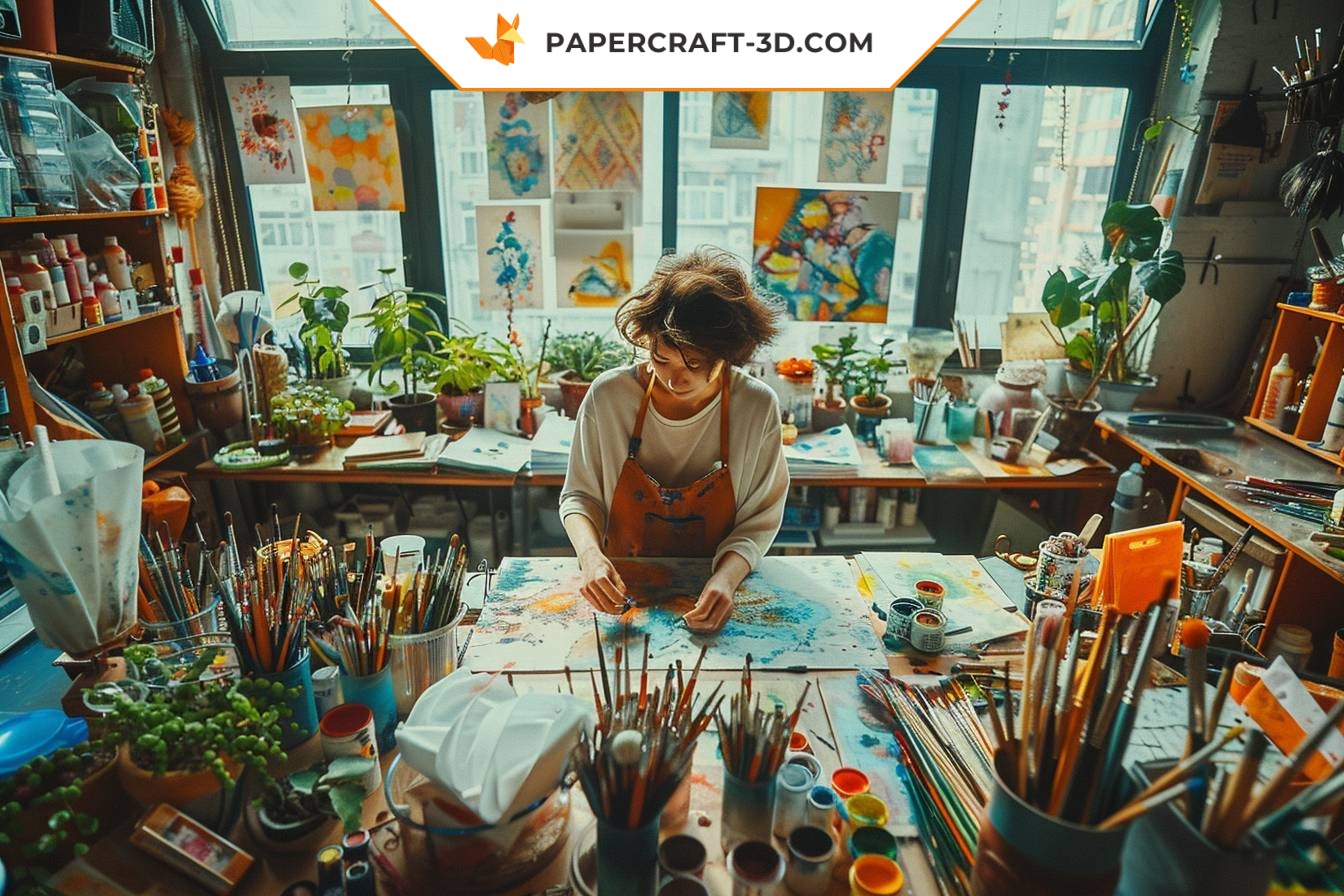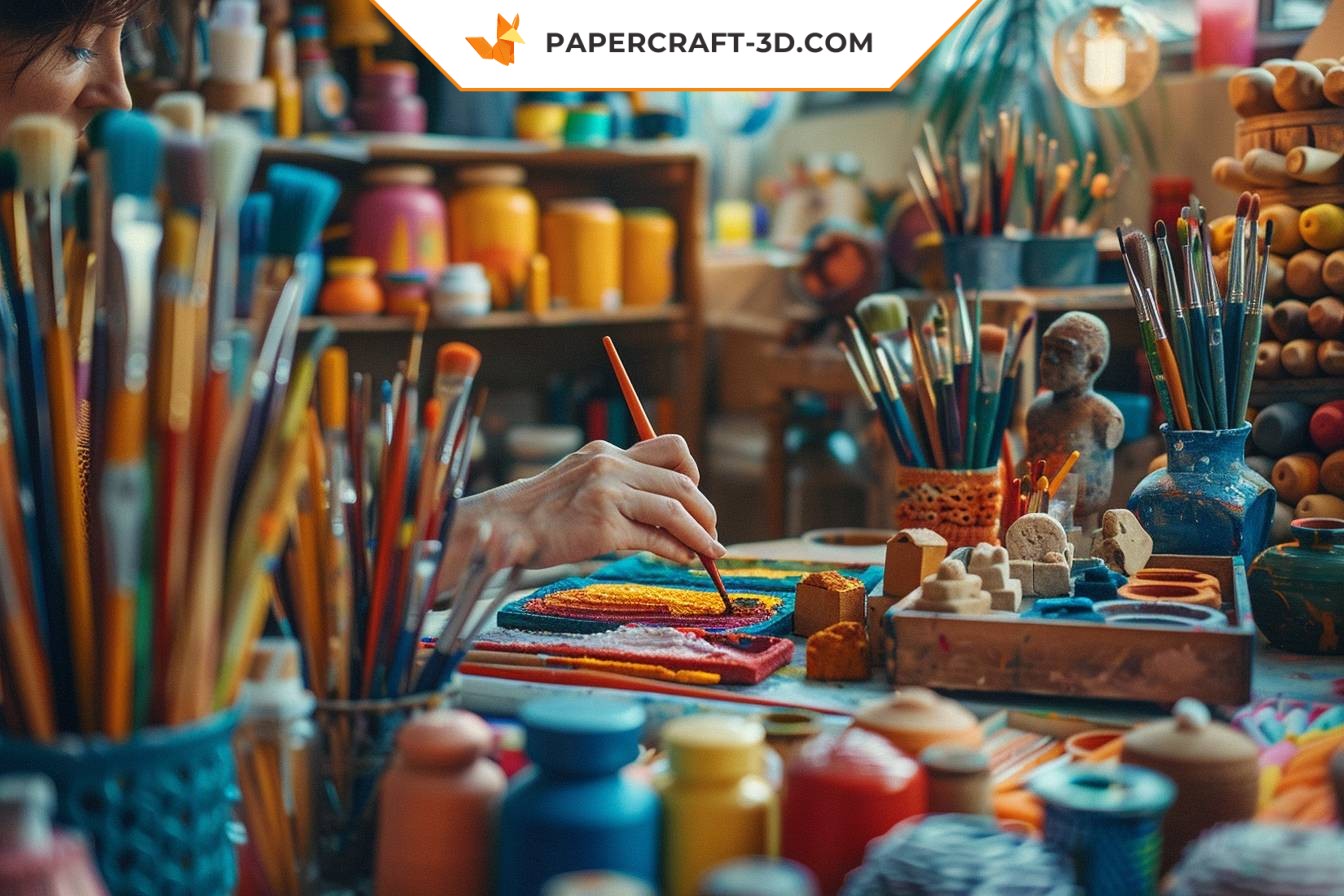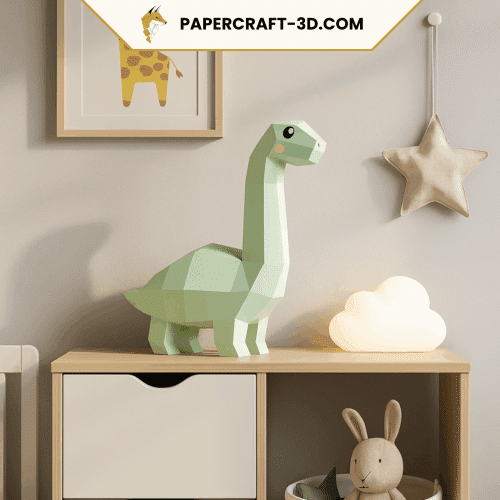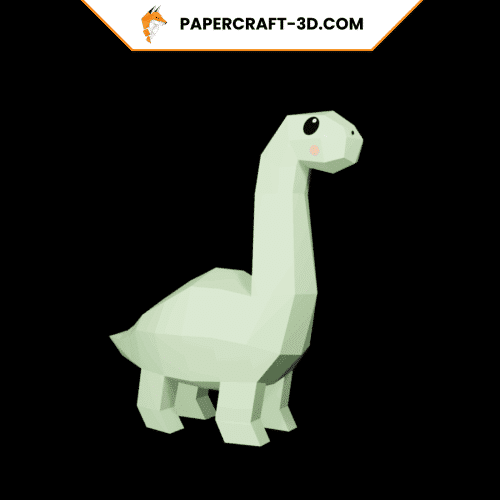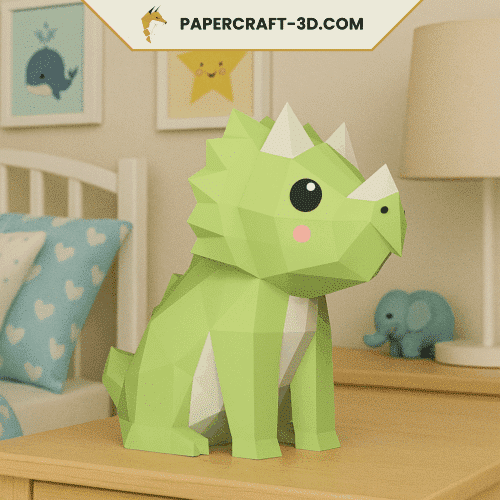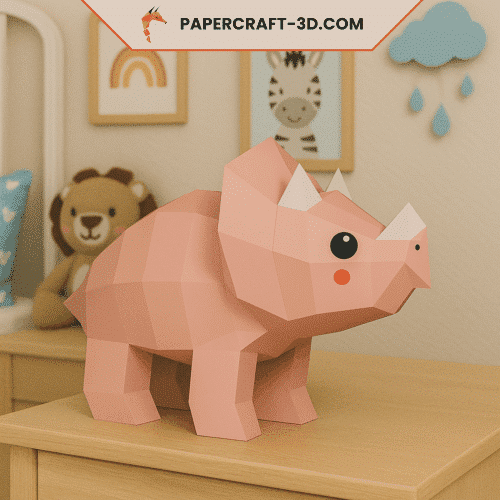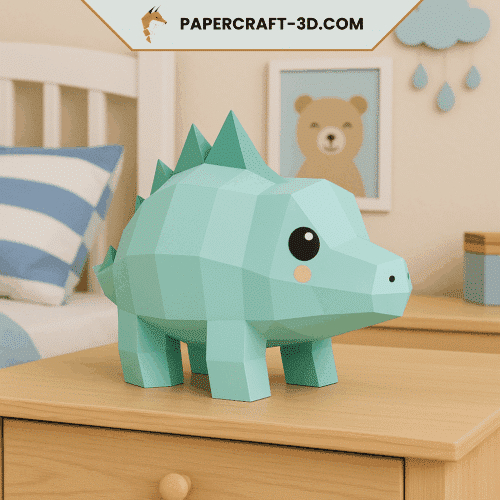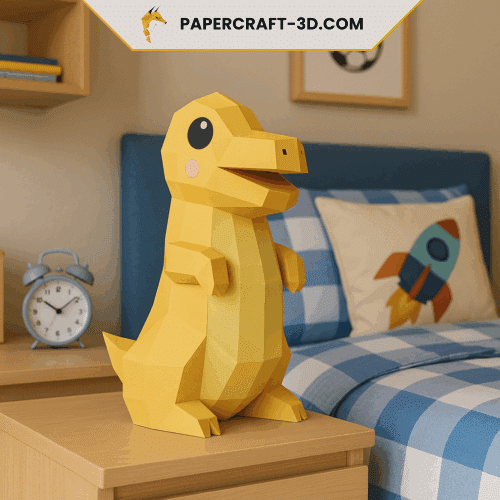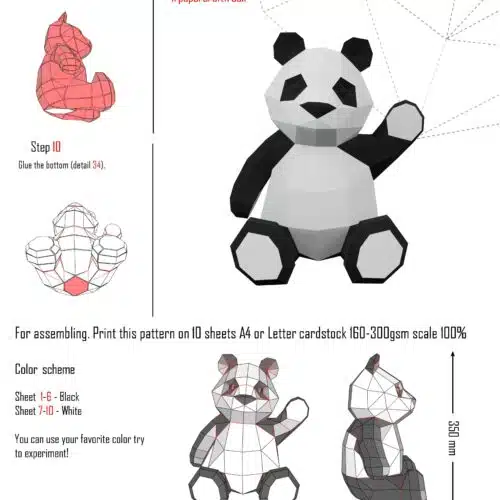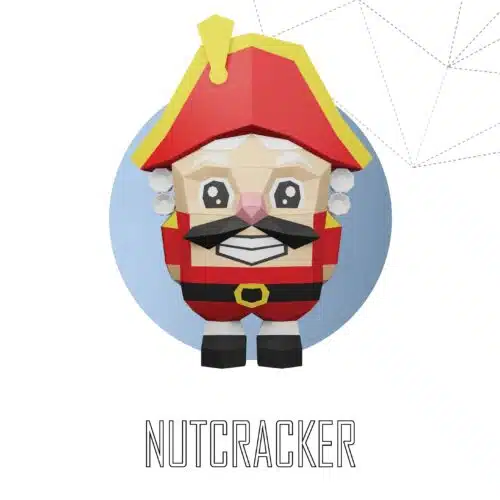Have you ever wondered why children are so captivated by drawing or painting? What if these activities are more than just a hobby? Indeed, more and more people are turning to art for relief and a form of self-expression.Art therapy, which uses creative hobbies as a therapeutic activity, is a rapidly expanding practice. According to a study published in the Journal of the American Art Therapy Association, 73% of participants reported that their stress levels had decreased after taking part in an art therapy session. It’s a fact: creating can help you heal.
| Key points to remember |
|---|
| Art therapy uses creative leisure activities as a means of improving mental and physical health. |
| This practice has deep historical roots and was officially recognized in the 1940s. |
| The health benefits of creative hobbies are numerous, from mood enhancement to stress reduction. |
| There are a multitude of creative activities that can be used in art therapy, each offering its own unique benefits. |
Definition and history of art therapy
Ever heard ofart therapy? It’s a form of psychotherapy that uses artistic creation to express and transform feelings. Patients are invited to create works of art, such as paintings, drawings or sculptures, with the aim of exploring their emotions, reducing stress and improving self-esteem.The idea behind this approach is that the creative act itself can be a powerful means of healing. By enabling people to express how they feel through art, rather than words alone, art therapy offers an alternative route to self-understanding and emotional well-being.But where did it all begin? Thehistory of art therapy goes back many centuries. It was in the 20th century that the discipline began to take shape, with the appearance of the first professional training courses. The emergence of art therapy coincided with the development of psychoanalytic and humanistic currents in psychology. Important figures such as Carl Jung emphasized the healing potential inherent in artistic creation. Today,art therapy is practised all over the world, offering a valuable means for people of all ages and social conditions to access differentiated psychological support. In this context, creative leisure activities have found a privileged place as a therapeutic instrument accessible to all.It is important here to mention some of the key figures who have contributed to the development of this discipline:
- Margaret Naumburg: Considered the founder of modern art therapy in the United States. She believes that artistic production allows free expression of the subconscious.
- Adrian Hill: British artist who introduced the term “Art Therapy” in 1942. After experiencing the benefits of drawing on his own health during convalescence, he began encouraging his fellow patients to draw.
The evolution continues today, with each new generation of art therapists bringing new perspectives and techniques to this ancient but still developing practice. So, are you ready to discover the health benefits of creative leisure activities?
The health benefits of creative leisure activities
Did you know that your favourite creative hobbies can have a significant positive impact on your health? In fact, the simple act of painting, drawing or creating can help improve your overall well-being. Creative hobbies are not only a great way to express your creativity and spend time, they can also offer mental and physical health benefits.
Mental health benefits
The impact of artistic activities on mental health is profound. They allow us to express emotions and thoughts that may be difficult to verbalize. Creative activities help reduce stress and anxiety, boost self-esteem and promote a general sense of well-being. A table below outlines some of the key mental health benefits associated with creative hobbies:
| Activité | Bienfait |
|---|---|
| Drawing and painting | Stress reduction and mood enhancement |
| Pottery or clay modeling | Helps to express pent-up emotions |
| Jewelry and craft making | Increased self-esteem |
Physical health benefits
Beyond the mental health benefits, creative leisure activities also have a positive impact on our physical health. They help improve our fine motor skills, strengthen our hand-eye coordination and may even help slow age-related cognitive decline.Here’s a non-exhaustive list of the physical benefits that certain artistic activities can bring:
- Knitting: Improves manual dexterity and helps maintain good hand-eye coordination.
- Playing an instrument: Promotes fine muscle development, especially in the hands.
- Gardening: Provides moderate physical exercise and contact with nature.
In short, whatever your choice of creative hobby, it’s likely to have a positive effect on both your mind and body. So why not take a moment to create something today?
Examples of therapeutic creative leisure activities
If you’re curious about how creative hobbies can be used in therapy, then this section is for you. There are a myriad of creative activities you can try, all with unique benefits for your well-being.
Painting and drawing
Two of the most common activities in art therapy are painting and drawing. These forms of artistic expression enable individuals to release their emotions and thoughts in a non-verbal way. They help reduce stress, boost self-confidence and promote greater self-awareness.
Origami
Origami is another therapeutic art form gaining in popularity. This ancient Japanese practice involves folding paper to create three-dimensional shapes. It helps improve concentration, develops fine motor skills and can even help reduce feelings of anxiety.
Pottery
Making pottery is also considered beneficial to mental health. It’s an activity that requires patience and concentration, while providing a space for creative expression. What’s more, contact with clay can have a soothing, relaxing effect.
Scrapbooking
Scrapbooking may seem like just a fun pastime, but it also has its therapeutic benefits. It helps stimulate memory while allowing individuals to creatively document their lives. It’s also a great way to improve organizational skills.
- This is important: Each person is unique, so what works for one may not work for another. Don’t hesitate to try out different activities until you find the one that suits you best.
Now that we’ve explored a few examples of therapeutic art activities, let’s take a look at how our boutique can enrich your experience with art therapy.
Visit our store!
Looking to express your creativity? Our Papercraft-3D.com store is the place for you. We offer a variety of origami and 3D papercrafts, perfect tools for channeling your creative energy. Whether you’re a beginner or an expert in art therapy, our products are designed to stimulate your imagination and promote your mental well-being. So why wait? Discover our collections today and begin your journey to serenity through creativity. It’s a new way of taking care of yourself, by doing something you love.
What is art therapy?
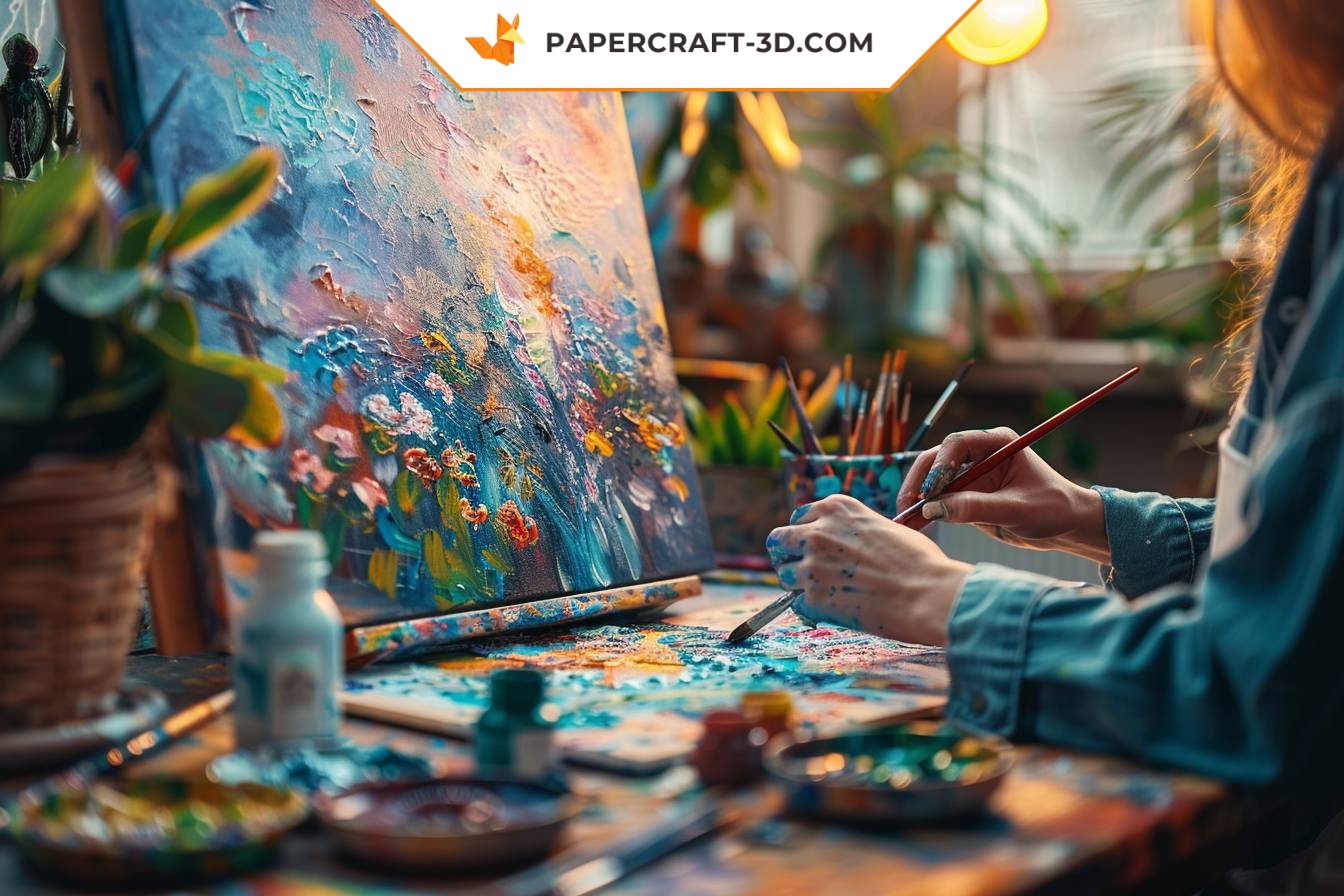
How can creative hobbies help mental balance?
